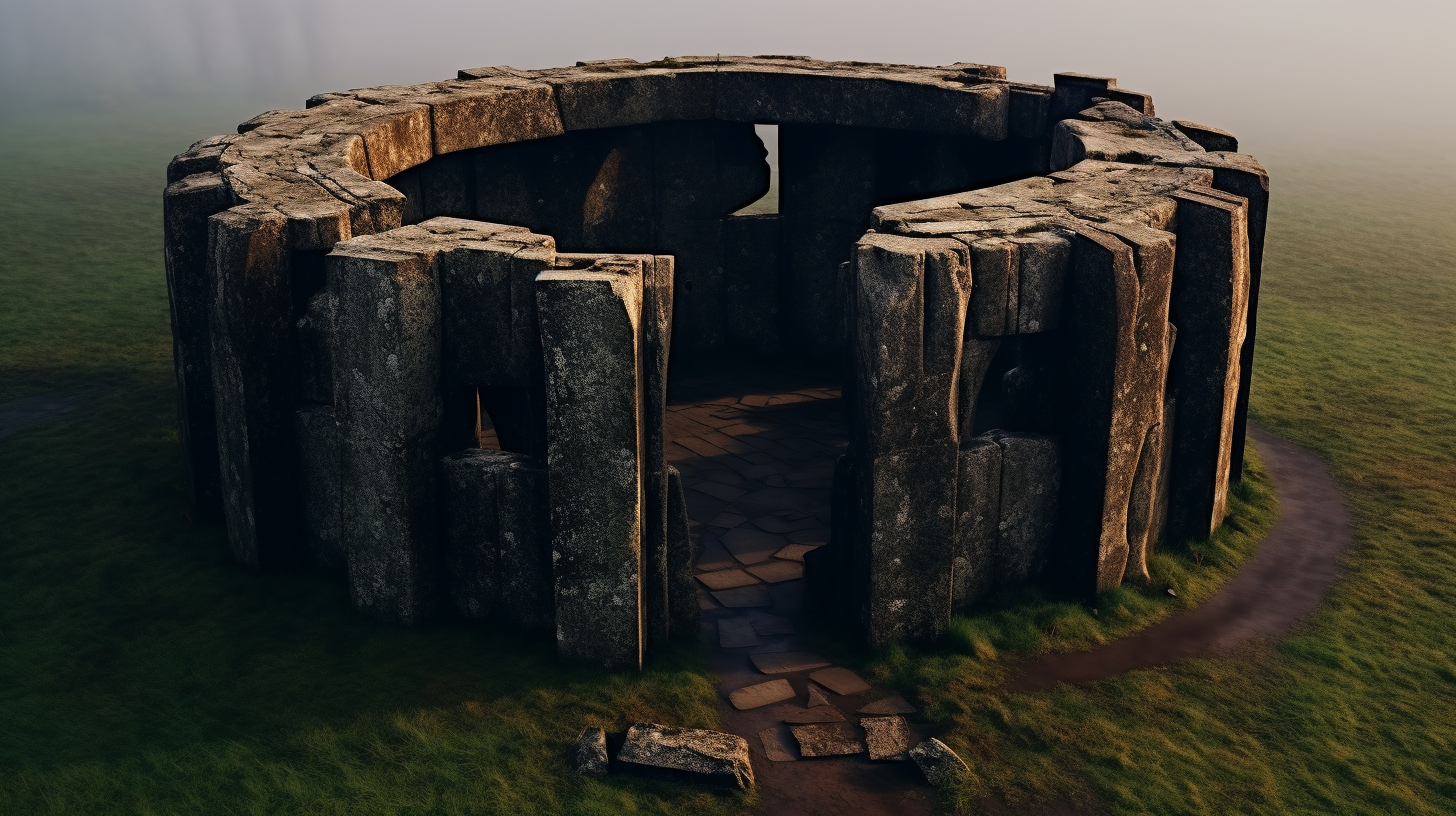Introduction
The mysteries that shroud our planet’s ancient past never cease to captivate the imagination. From the towering monoliths of Stonehenge to the intricate Nazca Lines etched into the desert floor, our world is peppered with enigmatic sites that challenge our understanding of history. Among these enigmas lies Arkaim, a colossal fortress nestled in the Ural Mountains of Russia. Often dubbed as “Russia’s Stonehenge,” Arkaim holds secrets that continue to baffle historians, archaeologists, and even enthusiasts of the extraterrestrial.
Arkaim: A Celestial Connection
At first glance, the sheer magnitude and intricacy of Arkaim is awe-inspiring. Delving deeper into its etymology, we uncover a profound connection between the heavens and the Earth. The name “Arkaim” itself speaks volumes – “Arka” signifies the sky or heavens, while “im” symbolizes the Earth. This suggests a profound significance – a convergence of the celestial and the terrestrial. Could Arkaim have been a locus where ancient cultures sought to bridge the gap between the earthly realm and the cosmic expanse?

A Multifaceted Enclave
Arkaim’s true purpose and significance unfold with each layer of its history. Constructed around the same era as its more renowned counterpart, Stonehenge, Arkaim is far from a mere fortress. It emerges as an observatory, a temple, and a scientific research center. The discovery in 1987, during the excavation of waterways, revealed a sprawling complex measuring about 500 feet in width. Towering walls, some standing as high as 20 feet, enveloped the structure, guarding its mysteries within. The concentric, circular formations within its confines lead to a central temple complex, a testament to the meticulous planning and architectural prowess of its creators.
The Monumental Marvel
Comparing Arkaim to Stonehenge casts the former in a league of its own. Breathtaking in scale and precision, the structures within Arkaim dwarf the iconic British monument. The level of precision achieved in its construction leaves modern behemoths in awe, evoking a stark contrast between the ancient and the contemporary. Arkaim stands as a tribute to the brilliance and ingenuity of its builders, who harnessed their understanding of astronomy and geometry to erect a monument that endures through the annals of time.
A Timeless Enigma
The antiquity of Arkaim is staggering, with estimates placing its origins over 3,000 years ago. As with many ancient sites, its design incorporates celestial alignments, mirroring the intricate patterns of Sanskrit mandalas. Beyond the architectural marvels, Arkaim’s mysteries deepen with the discovery of elongated skulls – a feature shared by other ancient civilizations. Nestled within a magnetic anomaly area, where compasses behave erratically, Arkaim seems destined to stand as a crossroads of cosmic forces.
Extraterrestrial Influence or Ancient Ingenuity?
The allure of Arkaim extends beyond earthly boundaries. The tantalizing possibility of extraterrestrial influence has garnered attention, fueled by reports of UFO sightings, unexplained lights, and anomalous energy fluctuations. These phenomena evoke notions of otherworldly connections that could have played a role in shaping Arkaim’s purpose and destiny. The discovery of elongated skulls further ignites speculation – were the builders of Arkaim hybrids or emissaries from distant galaxies?
Video:
Conclusion
As we stand on the precipice of unraveling Arkaim’s secrets, one fact remains resolute – this Russian Stonehenge is a testament to the boundless human quest for understanding and connection. Whether a temple to the cosmos, an observatory of the stars, or a convergence of diverse civilizations, Arkaim beckons us to peer through the veil of time and ponder the profound mysteries that have shaped our past. As we continue to explore and unearth the stories etched into its stones, we inch closer to unveiling the enigma that is Arkaim, Russia’s astonishing Stonehenge.

22 thoughts on “Deciphering the Enigma of Arkaim: Russia’s Astonishing Stonehenge”
Comments are closed.